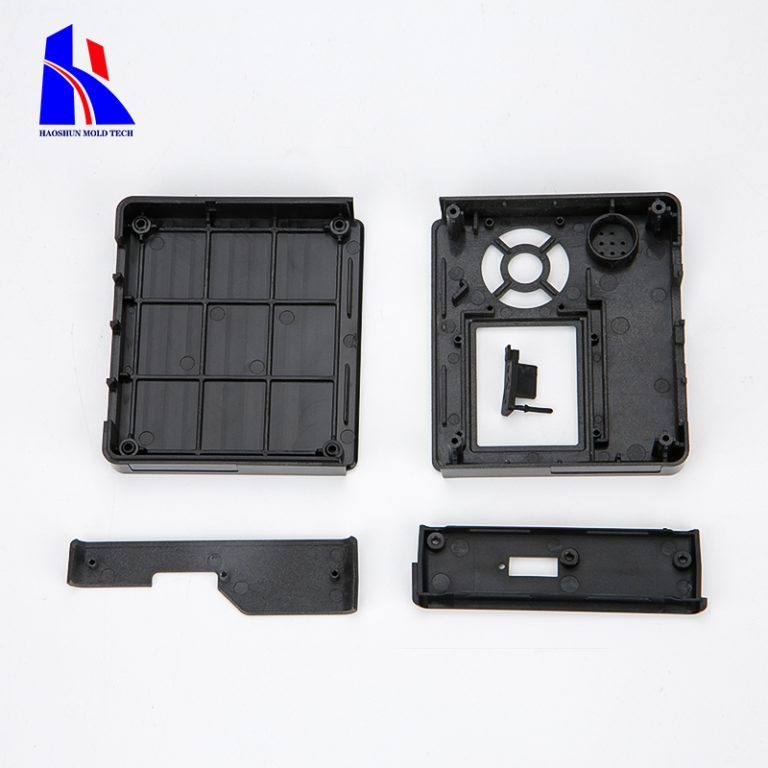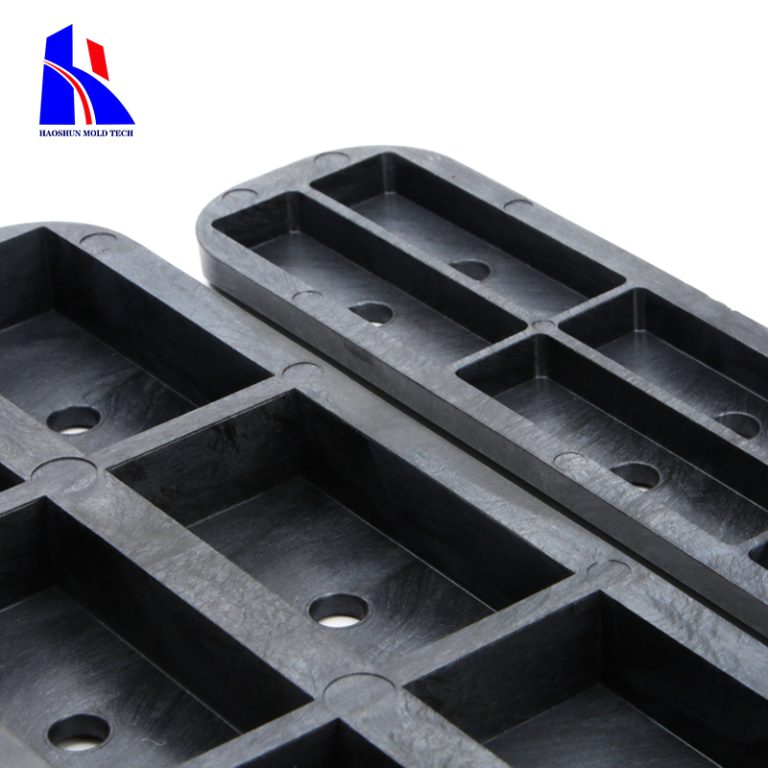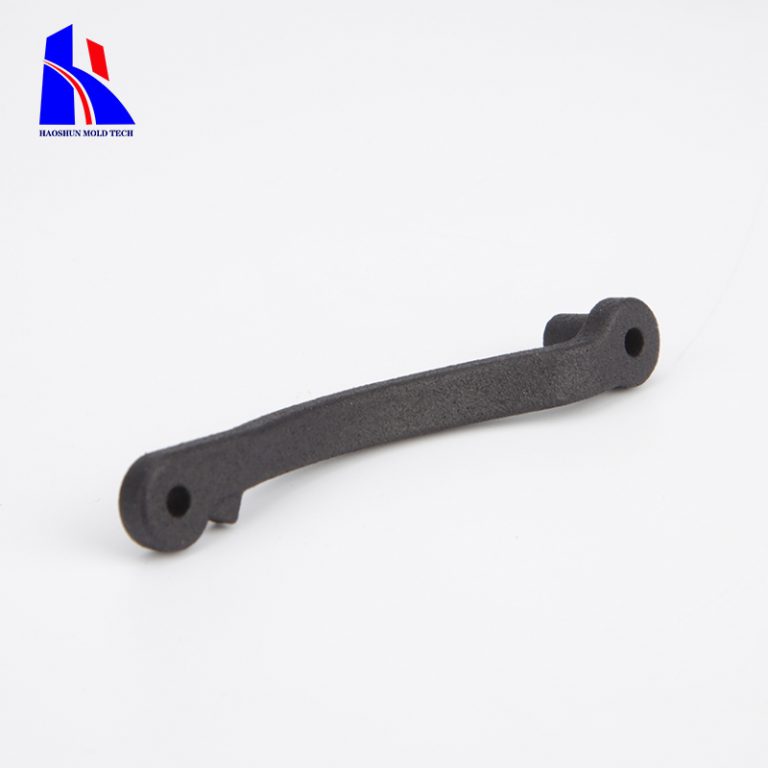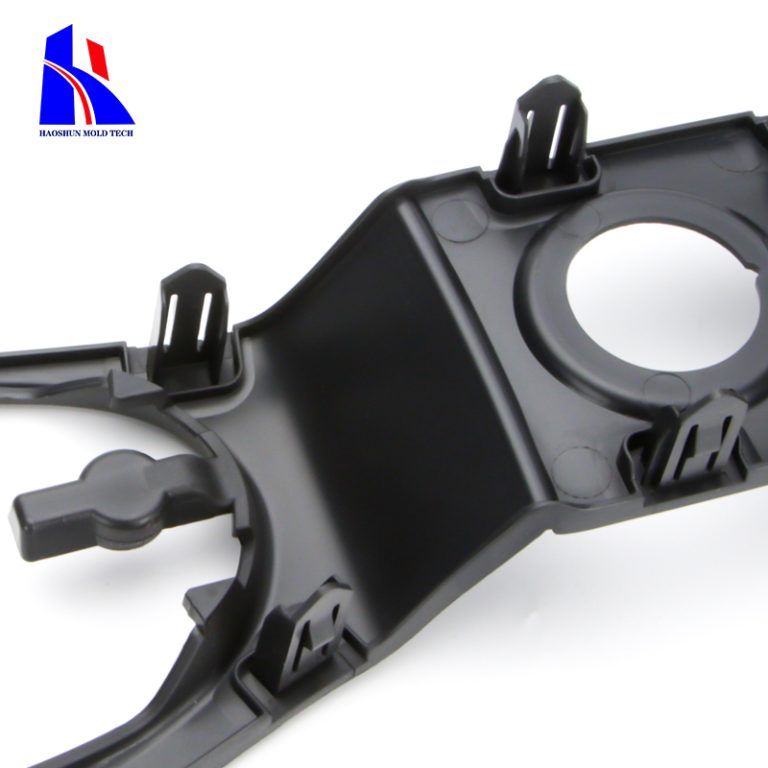plastic container supplier custom small plastic part
When looking for a plastic container supplier that can customize small plastic parts, you’ll need to consider several factors to ensure you find a provider that meets your needs. Here’s a detailed guide to help you through the process:
- Define Your Requirements
a. Type of Plastic Part:
1.Functionality: What will the part be used for? (e.g., packaging, storage, components for machinery)
2.Design Features: Do you need specific shapes, sizes, or functionalities?
3.Tolerance and Precision: How precise does the part need to be? Are there specific tolerances that must be met?
b. Material:
4.Plastic Type: Common options include polyethylene (PE), polypropylene (PP), polycarbonate (PC), and acrylonitrile butadiene styrene (ABS). The choice of material depends on the part’s application, strength requirements, and environmental conditions.
5.Properties: Consider factors like durability, chemical resistance, flexibility, or transparency.
c. Size and Quantity:
6.Dimensions: What are the exact measurements and tolerances for the part?
7.Production Volume: Are you looking for a large production run or just a few prototypes?
- Find Potential Suppliers
a. Search Online:
8.Directories and Platforms: Websites like ThomasNet, Alibaba, and Made-in-China can help you find suppliers.
9.Industry-Specific Sites: Look for suppliers specializing in plastic manufacturing and custom molding.
b. Local Suppliers:
10.Trade Shows and Exhibitions: Attend industry events to meet potential suppliers.
11.Business Directories: Check local business directories or chambers of commerce.
c. Referrals and Reviews:
12.Industry Contacts: Ask for recommendations from industry peers.
13.Customer Reviews: Look for reviews and testimonials to gauge the reliability and quality of the suppliers.
- Evaluate Suppliers
a. Capabilities:
14.Technology: Ensure they have the necessary machinery and technology for your part (e.g., injection molding, blow molding).
15.Experience: Check their experience with similar projects or materials.
b. Quality Control:
16.Certifications: Look for quality certifications like ISO 9001.
17.Testing: Ask about their quality control processes and testing procedures.
c. Lead Times and Pricing:
18.Quotes: Request detailed quotes that include production costs, setup fees, and shipping.
19.Delivery Time: Check the lead times for prototypes and production runs.
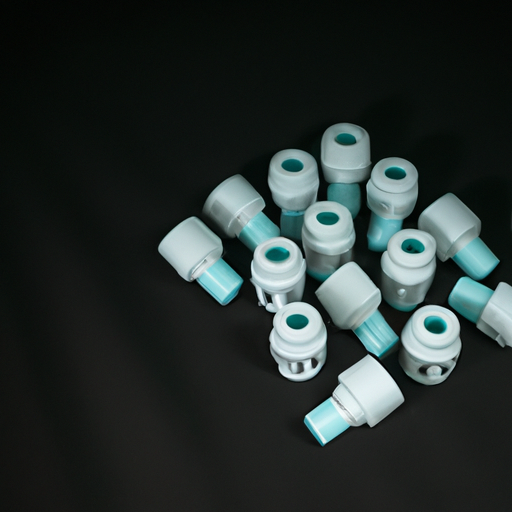
- Discuss Customization Details
a. Prototypes:
20.Initial Samples: Ask for prototypes to evaluate the design and functionality before committing to full production.
21.Adjustments: Be prepared to make design changes based on prototype evaluations.
b. Design Files:
22.Format: Ensure your design files are in a compatible format (e.g., CAD files).
23.Collaboration: Work closely with the supplier’s design team to refine your part.
- Finalize and Place Orders
a. Contract and Agreements:
24.Terms and Conditions: Clearly outline the terms of production, delivery schedules, and payment terms.
25.Intellectual Property: Ensure agreements on IP rights and confidentiality if applicable.
b. Order Placement:
26.Production Run: Place your order based on the agreed terms and ensure you receive order confirmations and progress updates.
- Post-Production Support
a. Quality Assurance:
27.Inspection: Verify that the final parts meet your specifications and quality standards.
28.Feedback: Provide feedback to the supplier for any necessary adjustments or improvements.
b. After-Sales Support:
29.Support: Ensure the supplier offers support for any issues or defects that arise.
By following these detailed steps, you can effectively find and work with a plastic container supplier that can customize small plastic parts to meet your specific needs.
email : shine@haoshuntech.com
telephone: +8613560008062

